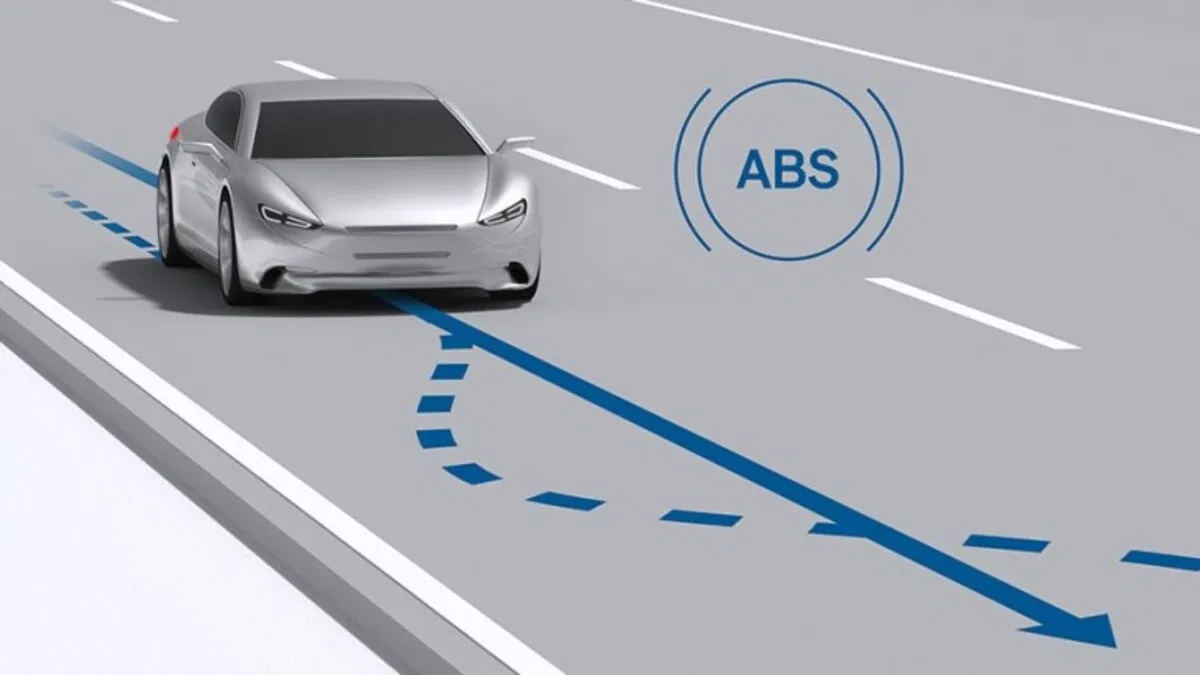ABS brakes, or Anti-lock Braking System brakes, are designed to prevent your wheels from locking up during hard braking. This technology is crucial for maintaining steering control and stability, especially in slippery conditions. Knowing how to test if your ABS brakes are functioning properly is essential for your safety on the road. Regular checks can help you identify issues early, ensuring that your braking system remains effective.
To start, it’s important to familiarize yourself with the components of your ABS. The system typically includes wheel speed sensors, a pump, and a control module that work together to monitor and adjust brake pressure. Understanding these parts will help you better assess their condition during your inspection.
- Check the ABS warning light on your dashboard; it should turn off after starting your vehicle.
- Listen for unusual sounds when braking; a loud grinding noise may indicate a problem.
- Inspect brake fluid levels regularly; low levels can affect ABS performance.
- Test your brakes on a safe, flat surface to feel how they respond under pressure.
- Look for leaks around brake lines and components that could signal failure.
Warning Signs
- If the ABS warning light stays on, it indicates a malfunction.
- Experiencing a pulsating brake pedal while stopping could mean the ABS is engaging unexpectedly.
- Difficulty steering while braking can suggest a problem with your ABS brakes.
Performing a Visual Inspection
A visual inspection is a straightforward way to check the condition of your ABS brakes. Begin by safely lifting your vehicle and removing the wheel to access the brake components. Look for any visible signs of wear, such as cracks in the brake lines or leaking fluid. These issues can lead to a malfunctioning ABS, so catching them early is vital.
Additionally, inspect the brake pads and rotors for any signs of uneven wear or damage. If your pads are worn down significantly, they may not provide the necessary stopping power, which can interfere with the ABS’s ability to function correctly. Regularly checking these components can help ensure your braking system is always in top shape.
- Examine brake pads for thickness; they should be at least 3 mm thick.
- Look for any signs of rust or corrosion on rotors that may affect braking efficiency.
- Ensure that brake lines are free from cracks or leaks.
- Check the condition of wheel speed sensors; clean them if necessary.
- Inspect the brake fluid reservoir for any signs of contamination.
Warning Signs
- Visible fluid leaks around the brake components indicate potential issues.
- Worn brake pads can lead to reduced stopping power.
- Corroded or rusted rotors may compromise braking efficiency.
Testing the ABS Functionality
To effectively test your ABS brakes, you can perform a simple road test. Find a safe, open area, preferably one with a smooth surface. Accelerate to a moderate speed and then apply the brakes firmly. If your ABS is functioning correctly, you should feel a pulsing sensation in the brake pedal, which is normal as the system modulates brake pressure to prevent wheel lockup.
If you do not feel this pulsation, or if your vehicle skids, it may indicate a problem with your ABS. In such cases, it’s crucial to have your braking system inspected by a professional. Additionally, be aware that the ABS may not activate during low-speed stops, which is normal behavior.
- Perform a brake test at speeds of 30-40 mph to assess ABS functionality.
- Pay attention to pedal feel; it should pulsate if ABS is working.
- Test on different surfaces, such as wet or gravel, to evaluate performance.
- Check for any unusual sounds during the test that could indicate issues.
- Document any irregularities for future reference or professional assessment.
Warning Signs
- Not feeling the expected pulsating motion in the brake pedal indicates a malfunction.
- Skidding or loss of control during braking is a serious concern.
- Unusual noises during braking can signal underlying issues.
Conclusion
Regularly testing and inspecting your ABS brakes is essential for maintaining vehicle safety. By following these practical steps, you can ensure that your braking system is functioning properly and ready to respond when you need it most. If you notice any warning signs or abnormalities during your tests, do not hesitate to consult a professional mechanic. Prioritize your safety and the safety of others on the road by keeping your ABS brakes in top condition.



